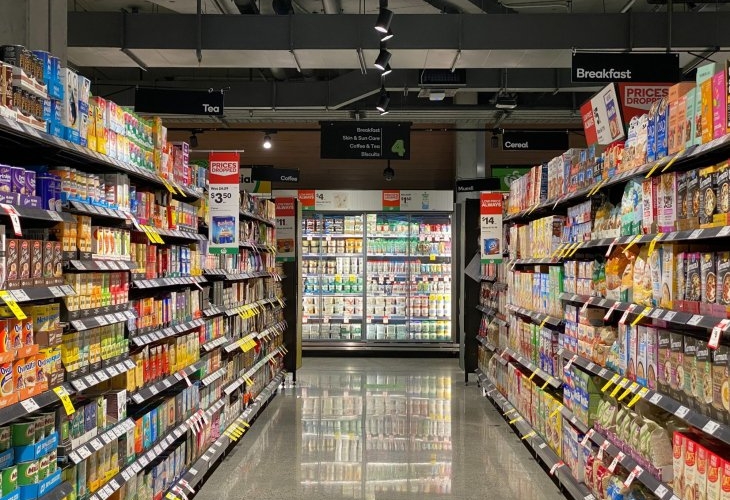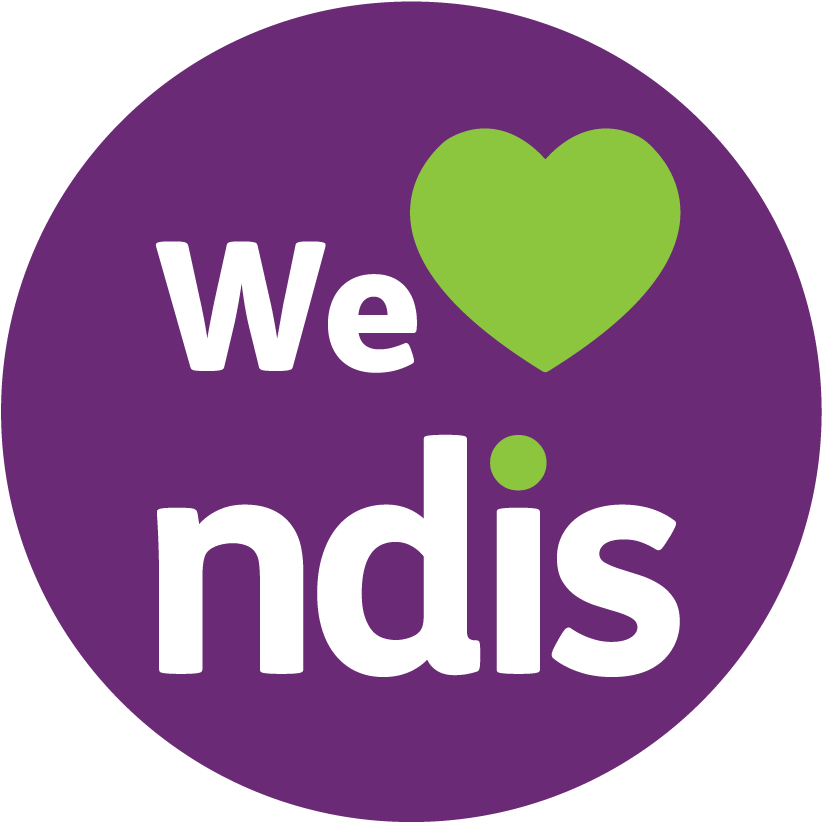When it comes to building a healthy, sustainable lifestyle as an individual living with disability there are many factors to consider. Maintaining a healthy diet is one of these, with diet playing an important role in our overall health, and physical and mental wellbeing.
One of the best ways to ensure you’re eating a nutritious, supportive diet is by understanding nutrition labels on food packaging. With so much information provided, it’s not always clear what’s important or relevant. By taking the time to consider what each element on these labels mean, you can better choose foods that support your health and wellbeing.
What are nutrition labels?
By law, all manufactured foods sold in Australia are required to have a label with relevant safety and nutrition information. This is designed to support consumers in making empowering choices about the foods they eat.
The information provided on a nutrition label will include the serving size, the number of servings per unit, as well as the amounts of various nutrients, including calories, fat, sodium, carbohydrates, fibre content, sugars and protein.
The individual dietary needs of each person will differ based on their unique circumstances and health considerations. Your health professional can work with you to identify the most supportive diet for your needs.
This may mean different information on a nutrition label becomes of more interest to you – for example, those following low-carb diets may choose foods with higher protein levels, while others will avoid processed sugars above a certain ratio.
How to read a nutrition label
Let’s break a nutrition label down piece by piece. Keep this helpful guide on hand the next time you are grocery shopping, and you’ll see how this information is presented on each individual label.
Nutrition information panels (NIP) will include the following information:
- Average quantity of energy in kilojoules/kilocalories
- Protein
- Fat
- Saturated fat
- Carbohydrate
- Sugars
- Sodium
An item may also include notes about other nutrients present (for example, if the product claims to be high in calcium, the nutrition label must reflect the amount of calcium present in the product).
Foods that are sold unpackaged, or made and packaged at the point of sale, don’t require a NIP, unless they’re also claiming nutritional information (such as ‘low fat’).
What information is on nutrition information panels (NIPs)?
Serving size:
This is determined by the food business and will often vary between products. It’s important to pay attention to the ‘per serving’ information to understand how much of that nutrient you’re eating, rather than the overall size of the product itself.
Quantity per 100g:
The figures in the ‘quantity per 100g’ column are percentages (if 30 grams of protein is in the per 100g column, the product contains 30% protein).
Energy/kilojoules:
The energy is the total amount of kilojoules released when it’s used as energy by the body with protein, fat, carbohydrates, dietary fibre, and alcohol all providing energy.
Protein:
Protein is a vital nutrient we need to maintain our health and wellbeing. It’s commonly found in meat, poultry, fish, eggs, milk, and cheese, as well as lentils, dried peas and beans, nuts and cereals.
Fat:
This is the total of the saturated fats, trans fat, polyunsaturated fats and monounsaturated fats that the product contains. The amount of saturated fat itself must also be listed separately on the nutritional information panel.
Specific nutrients:
If a product has any nutrition claims about cholesterol, saturated fats, trans fat, polyunsaturated fats, monounsaturated fats, omega-3, omega-6 or omega-9 fatty acids, the average quantity must be explicitly stated in the NIP.
Carbohydrates:
These are commonly found in foods like breads, cereals, pasta, vegetables and fruits, carbohydrates in the NIP also account for starches and sugars.
Sugars:
These are a form of carbohydrate listed in the carbohydrates and separately. This includes naturally occurring sugars and added sugars. Products with ‘no added sugar’ can still contain high levels of natural sugars, which is important for individuals with strict dietary requirements such as diabetics.
Dietary fibre:
This must be included on nutritional information panels only when a nutrition claim is made on the label about fibre, sugar, or carbohydrates.
Sodium/salt:
Sodium or salt can affect health, with high levels often linked to high blood pressure and an increased risk of stroke.
Using nutrition labels to plan your meals
Once you’re familiar with nutrition labels, you can use these insights to plan a healthy diet full of nutrient-dense meals.
When planning meals, it’s important to look at the overall balance of nutrients necessary for your diet. Nutrition labels can help you to assess the nutrient content of food, making it easier to choose foods that meet your dietary needs and preferences.
What’s next?
To find out how Enhanced Lifestyles can support you, contact us today.







